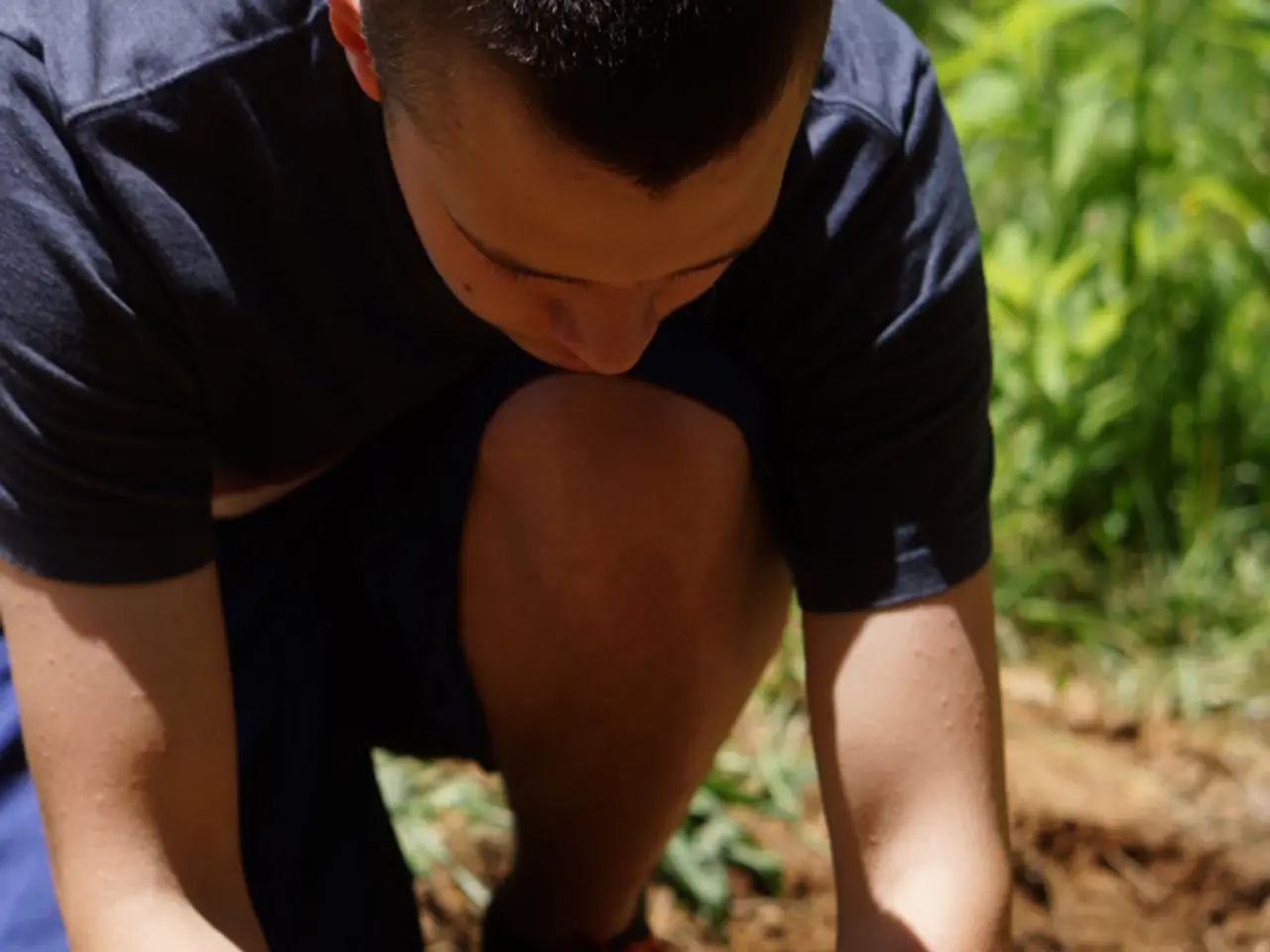Essential Items for Cultivating a Home Herb Patch
In a backyard herb garden, the right tools and care practices can make all the difference. Here are some essential items and tips to help you grow a flourishing herb garden.
Tools for a Backyard Herb Garden
- Garden Gloves: Protect your hands from thorns, splinters, dirt, and insects. Gloves also improve grip on tools and help prevent blisters, making gardening safer and more comfortable.
- Pruning Shears (Secateurs): Crucial for trimming herbs to encourage healthy growth, maintain shape, and facilitate harvesting without damaging the plant.
- Garden Fork (Hand Fork/Cultivator): Useful for breaking up soil, mixing compost, aerating the ground, and uprooting weeds. A hand fork is particularly helpful in loosening soil around delicate herb roots.
- Watering Can or Irrigation Tools: Essential for consistent and precise watering, which is important since herbs often have specific moisture needs. A watering can with a fine rose head allows gentle watering without washing away soil or harming plants.
- Dibber (Planting Stick): A simple but effective tool for planting seeds and bulbs at the correct depth so that herbs establish properly.
- Garden Hose, Soaker Hose, and Spray Nozzle: These tools help with watering larger areas efficiently and ensuring deep watering for the roots.
- Rake: Useful for clearing debris or leveling soil, as well as for smoothing out the surface of the soil for better water drainage and easier planting.
- Soil Tester: Important for checking pH and nutrient levels in the soil of a backyard herb garden.
- Compost Bin: Essential for creating nutrient-rich compost, which can be used to improve the quality of soil in a backyard herb garden.
- Mulch: A layer of mulch around your herbs helps keep the soil moist and reduces weeds.
Care Tips for a Backyard Herb Garden
- Choose the Right Containers and Sizes: Use containers with drainage holes and appropriate pot sizes to prevent root rot and allow herbs to spread comfortably.
- Manage Pests Naturally: Regularly check and manage pests without chemical pesticides, since herbs are often used in cooking and should remain chemical-free.
- Create a Consistent Watering Schedule: Tailor your watering schedule to specific herb requirements to avoid over- or under-watering.
- Pruning and Harvesting: Proper pruning and harvesting stimulate new growth and keep plants healthy and productive.
By following these tips and using the right tools, you'll be well on your way to growing a thriving backyard herb garden. Happy gardening!
[1] Gardening Know How. (2021). Essential Tools for a Backyard Herb Garden. [online] Available at: https://www.gardeningknowhow.com/edible/herbs/herb-garden/essential-tools-for-a-backyard-herb-garden.htm
[2] The Spruce. (2021). The Best Tools for Your Herb Garden. [online] Available at: https://www.thespruce.com/best-tools-for-your-herb-garden-3124667
[3] HGTV. (2021). 10 Essential Tools for Your Herb Garden. [online] Available at: https://www.hgtv.com/design/outdoors/gardens/10-essential-tools-for-your-herb-garden
[4] Almanac. (2021). Growing Herbs in Containers: Tips for Success. [online] Available at: https://www.almanac.com/content/growing-herbs-containers-tips-success
Quality gardening tools are essential for nurturing a thriving lifestyle in a home-and-garden setting, such as a backyard herb garden. The right tools like pruning shears, garden forks, watering cans, and soil testers make all the difference in maintaining a productive and beautiful herb garden.








